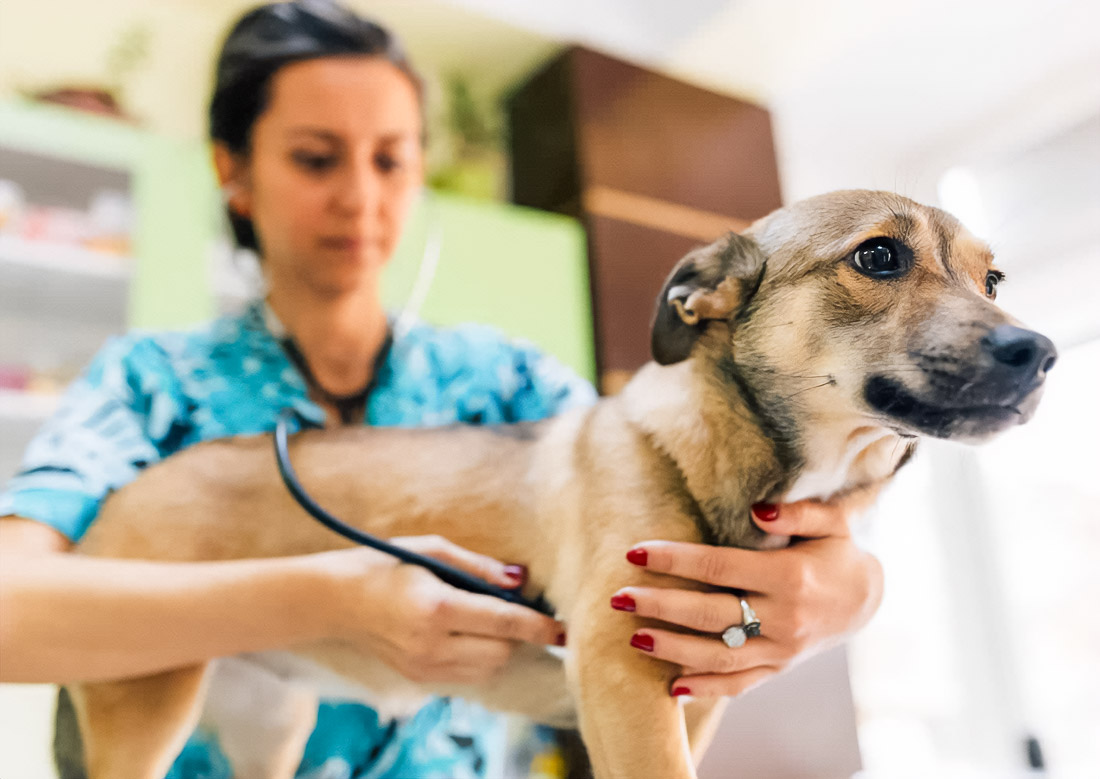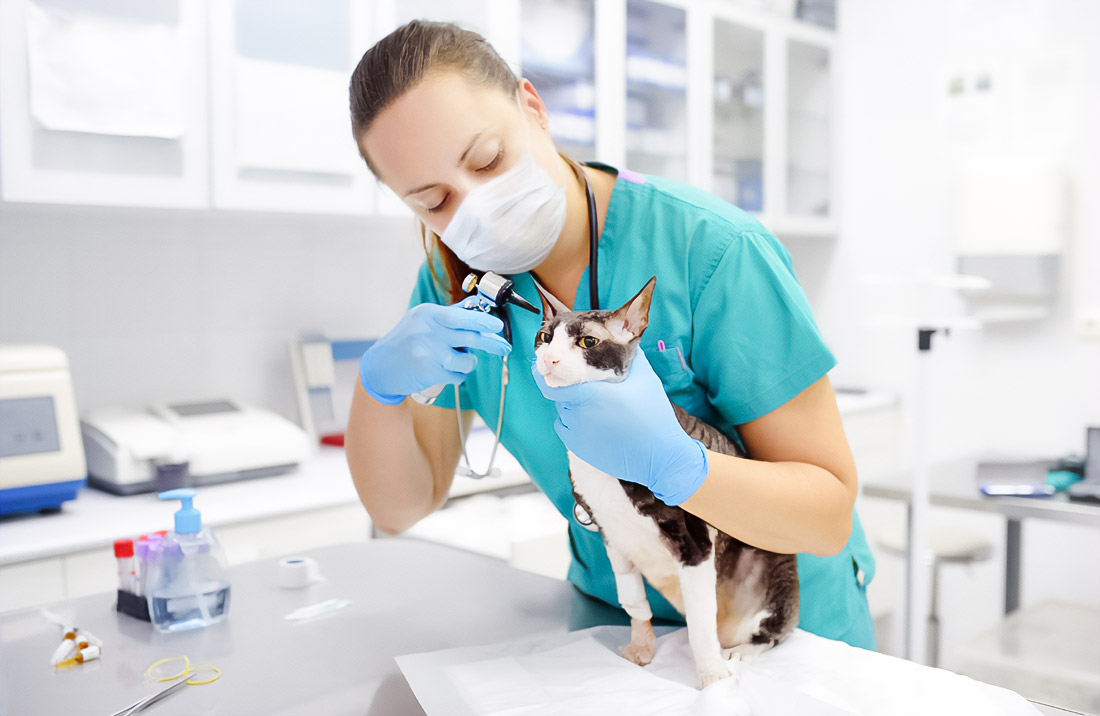Fungal and bacterial infections on the skin are widely spread diseases among domestic animals. Despite their prevalence, many owners do not know about depth problems, their reasons, and ways of treatments. In this article, we try to reveal all aspects to help owners strengthen the health of their pets. Important turn in reliable Dubai veterinary clinic for timely diagnostics and treatment.
Deep look at fungal and bacterial infections skin of domestic animals

Fungal and bacterial infections skin – these diseases arise due to pathogenic microorganisms, such as fungi genus Microsporum and Trichophyton, or bacteria staphylococci. These infections can manifest in a multitude of domestic animals, exerting significant influence on their health. Reasons for their prevalence are unfavorable factors, such as the environment, lack of hygiene, and weakened immunity. According to statistics, of all skin diseases in domestic animals, 30 to 40 percent are connected with infectious skin. Despite the serious problems, timely diagnostics and competent treatment can prevent complications and improve the condition of the pet.
Fungal infections: analysis dermatophytosis and its symptoms
Dermatophytosis, more known as ringworm, is a widespread fungal infection in animals. Studies show that 5 to 20 percent of animals face this disease at least once in life. Pathogens are transmitted at contact with infected animals or surfaces and widely spread in large groups. Symptoms include:
- Round and clearly outlined areas of baldness, affecting 15% of skin;
- Severe peeling skin and itching, noted in 80% of cases;
- Significant redness and formation crusts, which can remain to 4 weeks.
Dermatophytosis can affect the claws and skin of animals, and at severe form transfers even on owners, making its control mandatory. Learn more about dermatophytosis.
Analysis bacterial infections: essence pyoderma and its manifestations
Pyoderma – serious bacterial infection capable of affecting animals. Often, its reason lies in staphylococci, causing various forms, from superficial to deep lesions. For example, in 50% of cases, pyoderma arises due to infectious wounds or allergic reactions. Clinical manifestations include:
- Formation of purulent blisters and ulcers, often leading to significant itching.
- Brightly expressed inflammatory processes, affecting 20% of all surface skin.
- Appearance of painful scabs, slowing process recovery.
Effective treatment requires timely intervention, comprehensive diagnostics, and regular observation. Details about pyoderma.
Methods diagnostics: how not to make a mistake with a diagnosis?
Correct diagnostics of fungal and bacterial infections based on several key stages. Besides visual inspection, it is extremely important to use advanced laboratory methods:
- Microscopic examination of scraping skin reveals characteristic signs of infection in 90% of cases.
- Cultural seeding helps accurately identify pathogens, which in 85% of cases shortens time on choice treatment.
- Biopsy used in complex cases for detailed analysis of affected tissue.
Thorough diagnostics gives the opportunity to select effective treatments and avoid relapses. More about laboratory methods diagnostics.
Effective strategies treatment infections
Treatment of infections includes a comprehensive approach. Medicinal therapy covers:
- Modern antifungal drugs, such as ketoconazole and itraconazole, show a high percentage of successful treatment – to 95%.
- Antibiotics, including cephalexin and amoxicillin, are used for the elimination of bacterial infections.
- Anti-inflammatory medications actively reduce discomfort and contribute to fast recovery.
Non-medicinal methods include:
- Regular use of therapeutic shampoos, combined with antiseptic treatments, reduces time treatment to 60%.
- Isolation of sick animals prevents further spread of infections in 70% of cases.
Prevention as first stage protection
Prevention has the most important value for preventing infections. Recommended:
- Regular hygiene, including weekly bathing and inspections at the veterinarian.
- Treatment places maintenance antiseptic means, especially in crowded zones maintenance.
- Thorough care for coat and claws allows for avoiding the multitude of penetration infections.
Successful examples from veterinary practice
Example 1: Three-year-old cat Murka owners brought to the veterinary clinic after detection symptoms of ringworm. Thanks to competent diagnostics and treatment, in 4 weeks, I managed to completely eliminate symptoms and restore the health of the animal.
Example 2: Five-year-old dog Barsik treated for severe stage pyoderma with the help of antibiotics and antiseptic means. Improvements became noticeable after 2 weeks, and complete recovery occurred after a month of treatment.
Importance timely visit to veterinarian
Turn to a doctor important at any signs of ailment because timely diagnostics and treatment prevent complications. It is worth remembering that even minor symptoms may indicate hidden and more serious infections.
Every owner of domestic animals is important to know about these infections for timely help and prevention consequences. Awareness and prevention help create conditions that are favorable for pets and their health.

Football fan, ninja, hiphop head, Eames fan and javascripter. Operating at the junction of minimalism and purpose to develop visual solutions that inform and persuade. My opinions belong to nobody but myself.
